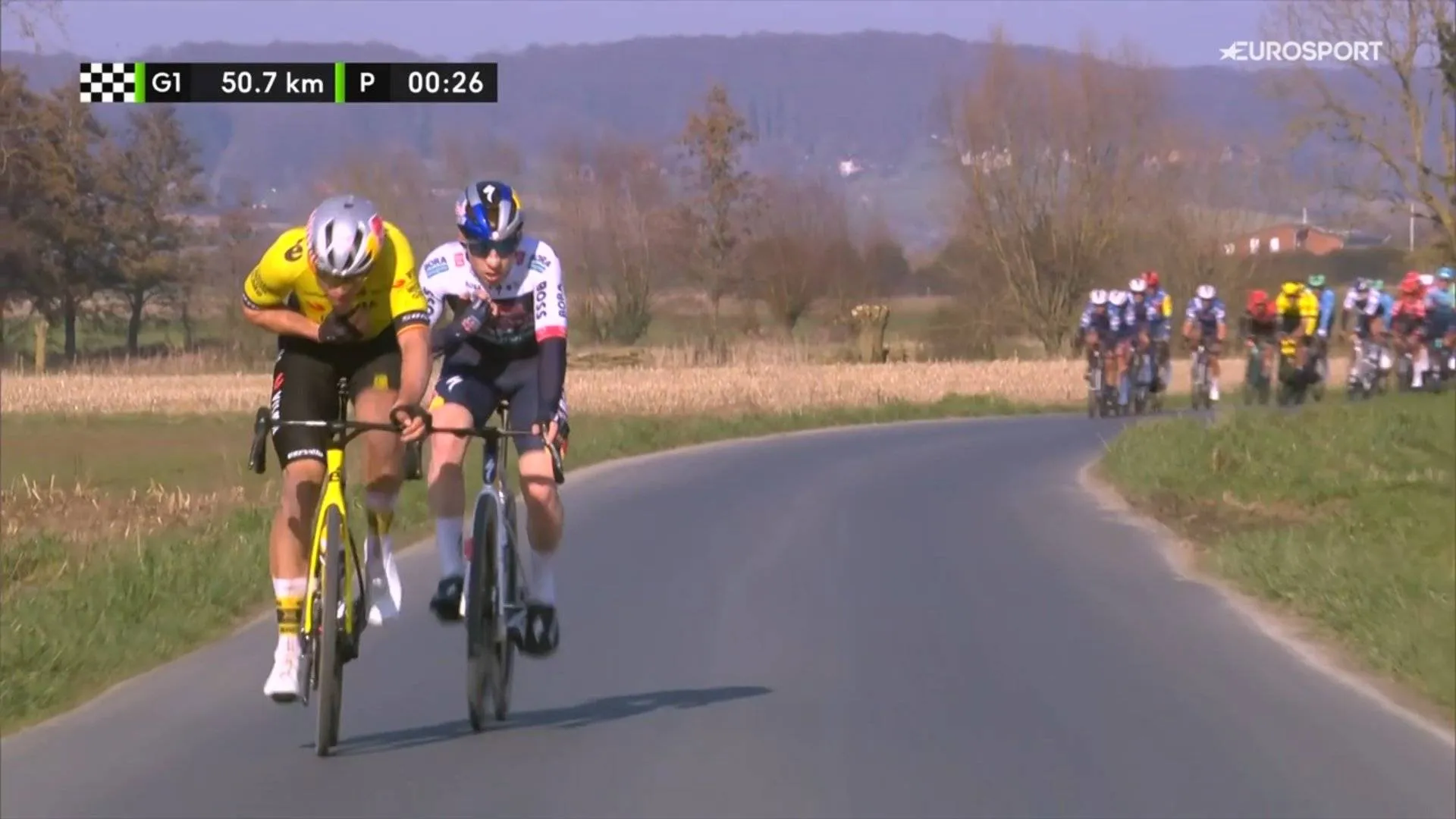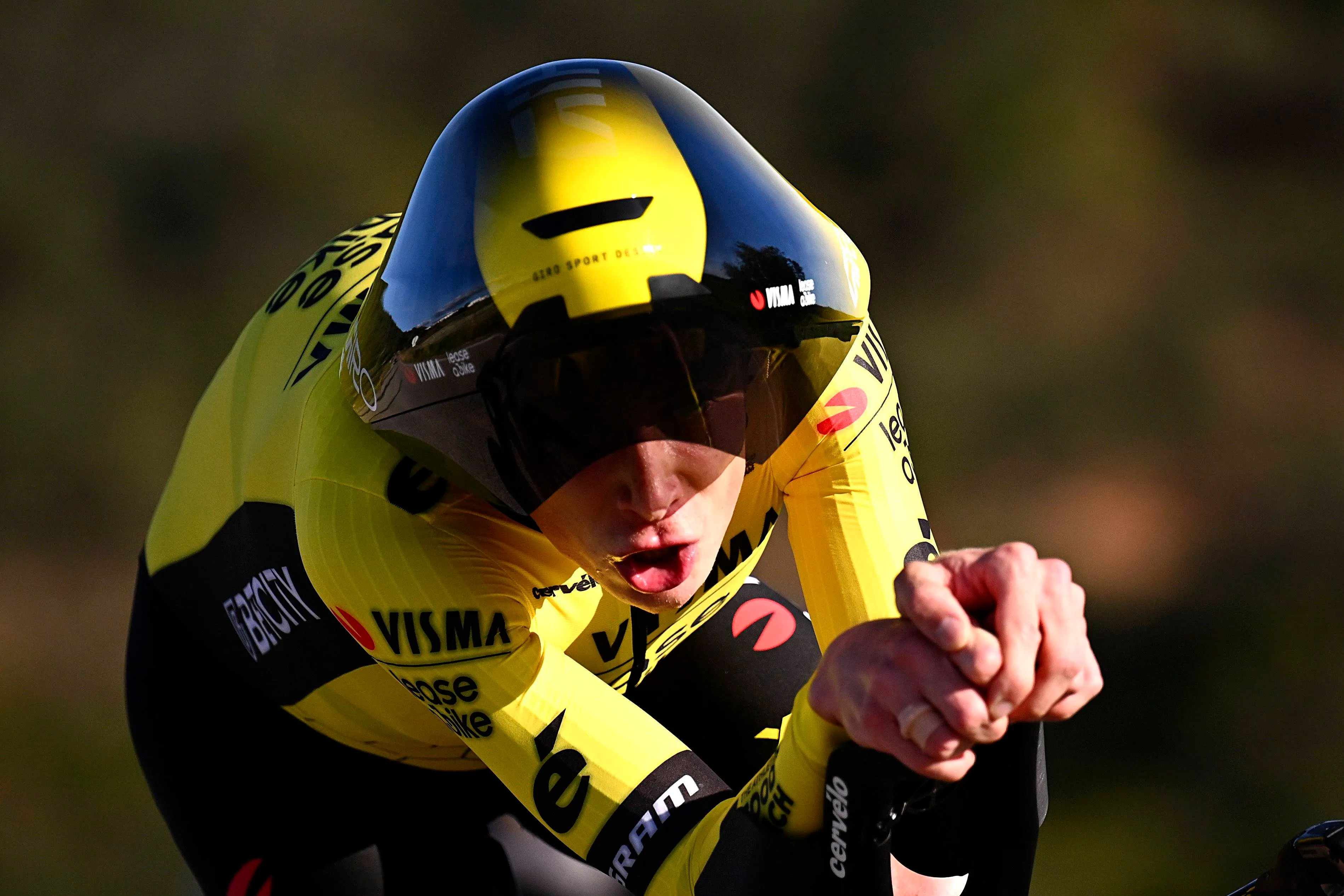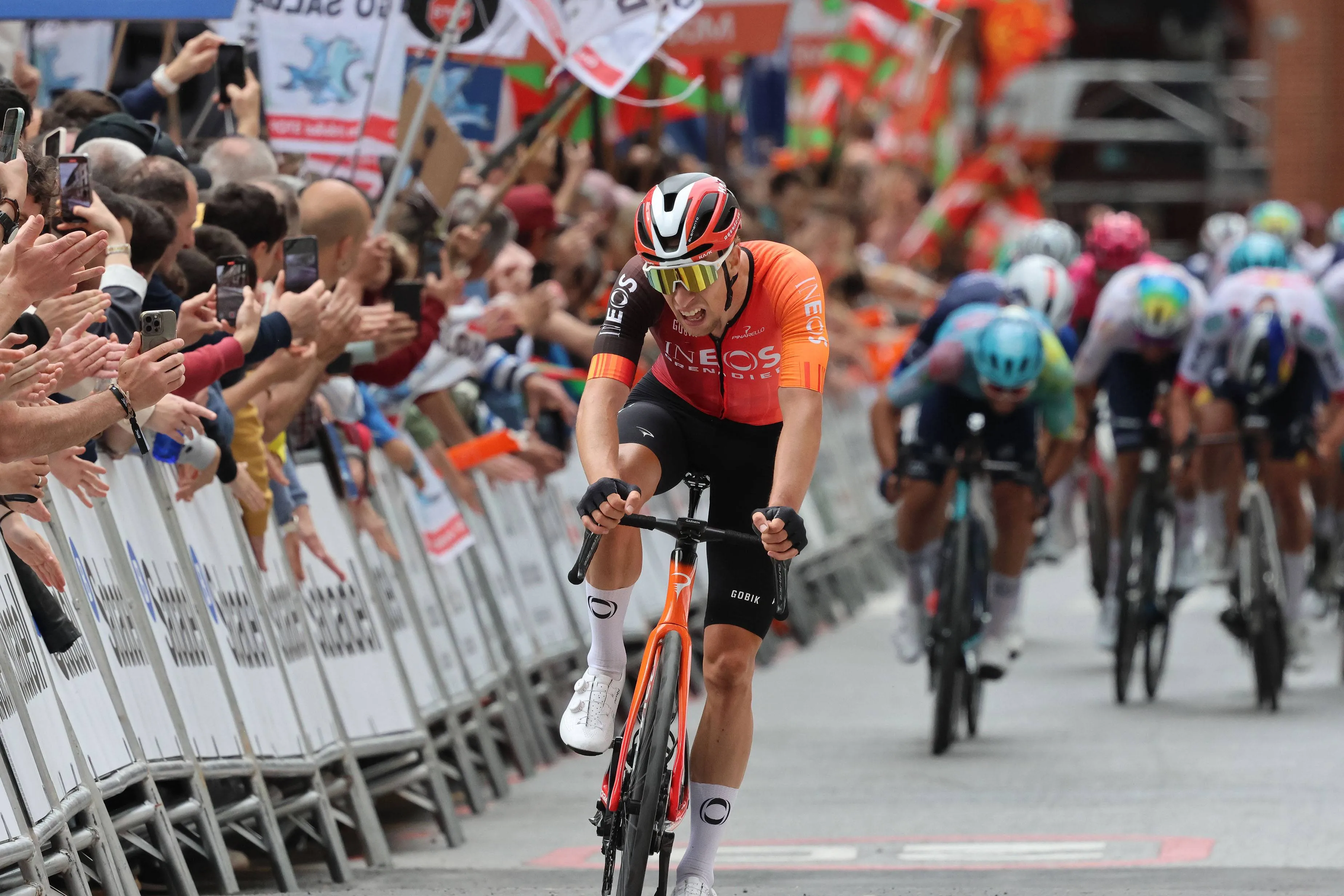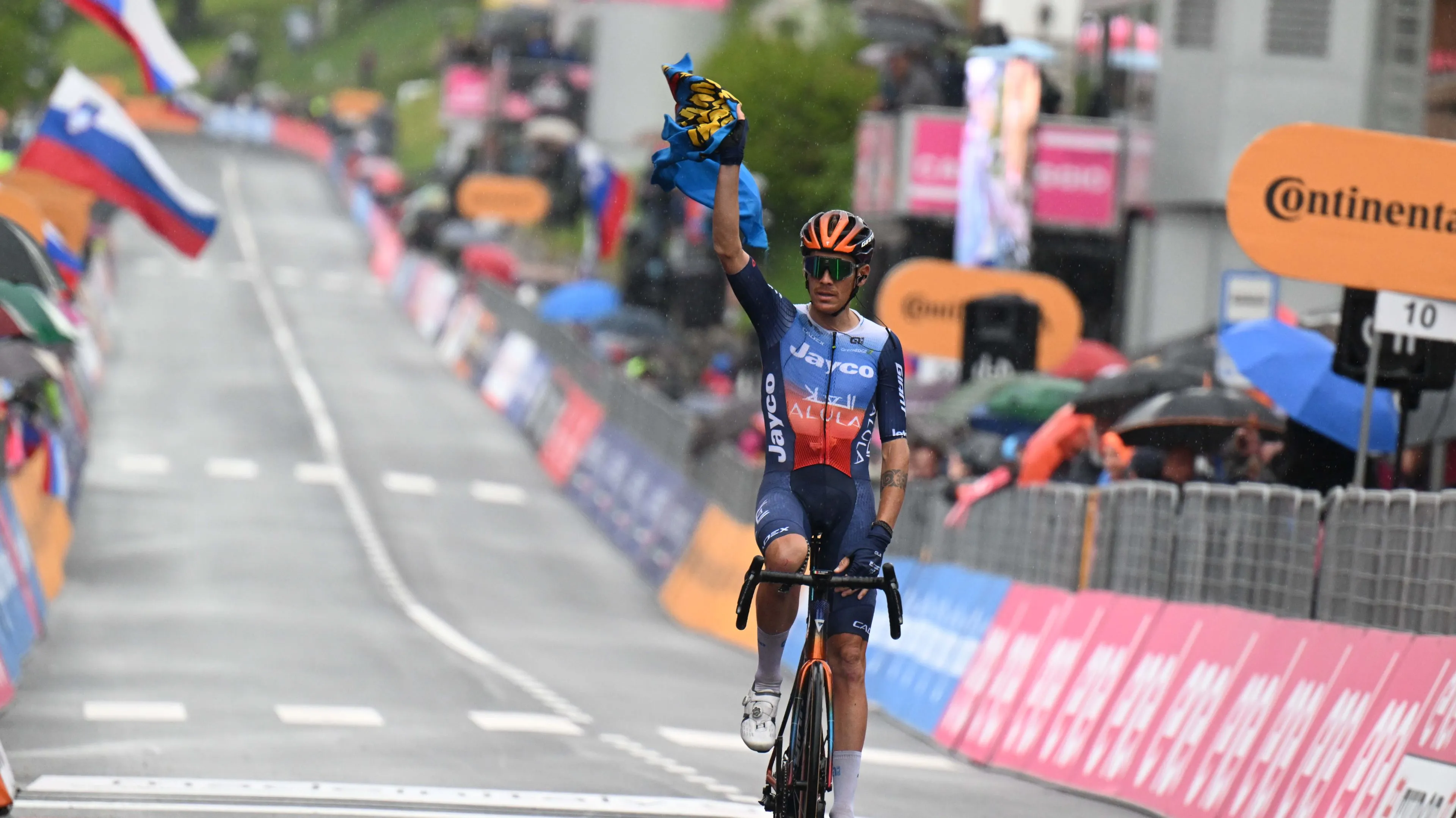"If I put the same watts on the bike that Lance Armstrong had in 2000, I'll climb the Alpe d'Huez five minutes slower" - World Tour pro on doping questions in cycling
CyclingTuesday, 04 March 2025 at 09:10

French cyclist Nans Peter, currently with Decathlon AG2R La Mondiale and a stage winner in the 2020 Tour de France, was asked about doping in cycling and brought up a curious example with Lance Armstrong as a model.
The man from Grenoble, who will turn 31 on March 12, is clear that cycling is one of the sports most closely monitored by the anti-doping authorities in words to Radio France:
"To answer the question of doping, I hope there is no doping. After that... no, it's impossible. In any case, I hope it will be very limited. We have a lot of controls, more than in any other sport, a lot of vigilance. I think we are one of the cleanest sports. Unfortunately, we have been victims of the image of a doping sport".
Read also
It speaks of a new generalized strategy for performance enhancement that has nothing to do with doping he argues: "I think we've replaced this form of doping, which was all about performance, with optimizing aerodynamics, weight, nutrition and altitude training. Today, that's how you achieve performance."
And he gives an example of how he believes cycling has evolved in terms of materials in recent years, comparing the material he has with that of the beginning of the century: "Tomorrow, if I put the same watts on the bike that Lance Armstrong had in 2000, I'll climb the Alpe d'Huez five minutes slower than I did on my bike today. But in reality, it will be five minutes. It's huge."
Obviously, it is clear that the technological evolution of cycling is enormous, but it was also enormous in the 90's if we compare it with those of 20 years earlier. The sport never stops evolving in all aspects and to say that the improvement in nutrition and materials is something of this era is not true. When Miguel Induráin brought out the famous 'sword' bicycle for the time trials in the nineties, it was a huge leap. As were the helmets and the change of materials in the jerseys.
Read also
claps 20visitors 15
11 Comments
There's no reason we can't live in the real world while enjoying the doped up sport.
Just in

Play for FREE! Fantasy Amstel Gold Race
Apr 17, 12:51
0
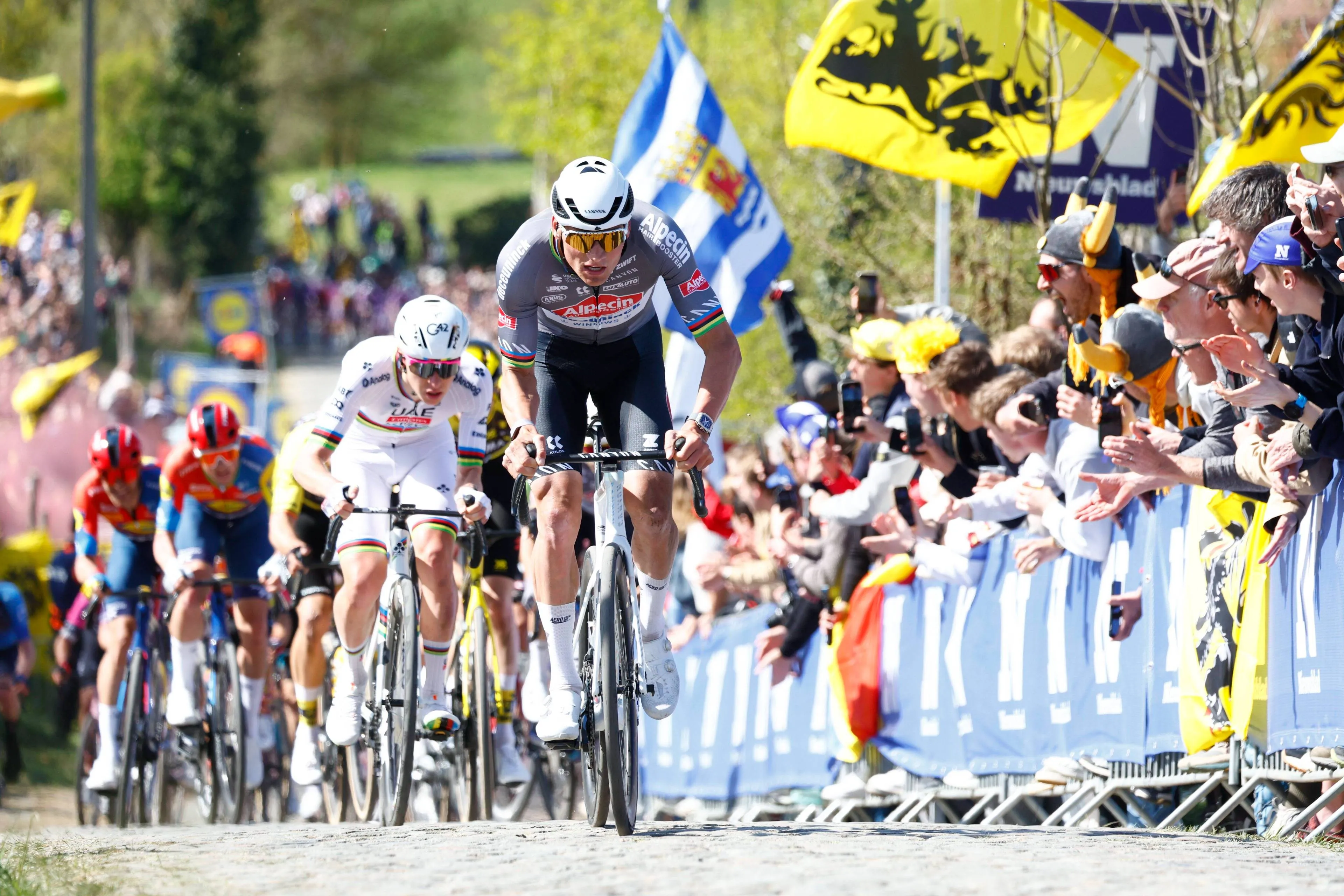
Subscribe to our Daily Newsletter today!
Apr 06, 15:11
0
Popular news
Latest comments
- Oumaïma Rayane seems like fairly credible evidence for the existence of at least some version of god.OCexile18-04-2025
- so what does TOO FAST even mean? stupid non-article article…OCexile18-04-2025
- Yeah well I understand that pros will much sooner notice small differences, and it can bother them.Ride197418-04-2025
- And another one bites the dust...bobo18-04-2025
- Shabby article, he is also still hoping for an Olympic (gold I guess) medal and he could not defend his road WC jersey as he already lost it, at most he could have tried reconquering it but that would have been tricky anyway in Rwanda (no news since a while but I have a question regarding that, if it would be decided late on to change the venue (meaning we’d maybe have a very different course), would any originally non participants get any chances to opt in?)Mistermaumau17-04-2025
- yes, the position of Wout is more complicated, many more factors.
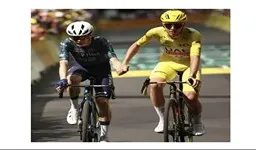 maria2024202417-04-2025
maria2024202417-04-2025 - so excited about thismij17-04-2025
- Maybe Wout isn’t made for peaking so many times a year, few others have years like that. This winter was different due to accidents but if I were him and wanted to get some monuments I’d go on a cyclocross hiatusMistermaumau17-04-2025
- Well, one of those years that was less than 4 minutes, which over 86 hours makes less than 0,1% or about 4 seconds per hour. I don’t know about you but when I ride the same bike over the same path on two different days for an hour, I can’t tell if I’m faster or slower unless it’s by a minute, maybe 30 seconds if I really really pay attention, and he was pretty sure about noticing the difference, for me that sounds bigger than 4s/hour.Mistermaumau17-04-2025
- It appears so, TDF LEGEND BETTER ON RECOVERY AND SHORTER RACES NO SHAME BUT JUST DIFF MACHINE :)TOBY8017-04-2025

